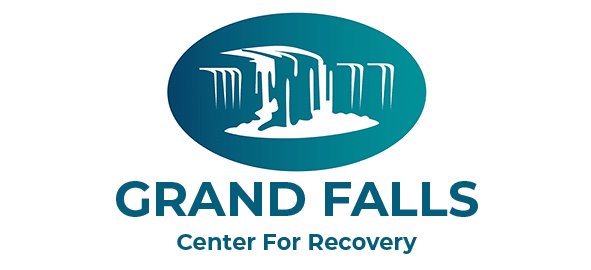Addiction is a complex and challenging condition that affects millions globally, disrupting lives, families, and communities. While there are many treatment options available, some of these fall short in addressing the deeper, neurological roots of addiction. This is where Transcranial Magnetic Stimulation (TMS)—a non-invasive, brain-focused therapy—is stepping in as a promising solution.
TMS is increasingly being explored as a cutting-edge tool to aid in addiction recovery. By targeting the brain’s neural pathways, it can help modify thought patterns tied to addictive behaviors. But how does this technology work, and what makes it so effective when integrated into addiction treatment plans?
This article will explain how TMS works, its unique benefits, and why it’s creating new hope for those striving to overcome addiction.
Understanding Transcranial Magnetic Stimulation
TMS uses electromagnetic fields to deliver targeted pulses to specific areas of the brain. This non-invasive process stimulates neural activity, particularly in regions often linked to mood regulation and impulse control.
The treatment is painless and doesn’t require anesthesia or any invasive procedures. A TMS device is placed over the patient’s scalp, generating magnetic pulses that modulate brain activity. It has been FDA-approved for conditions like depression and obsessive-compulsive disorder, and now, its potential in addiction treatment is becoming a focal point for researchers and clinicians.
Why the Brain is Key to Addressing Addiction
Addiction isn’t just a behavioral issue; it’s intricately tied to changes in brain chemistry and structure. Consistent substance use alters neural pathways, particularly in areas responsible for decision-making, self-control, and reward processing. These changes make it significantly harder for individuals to break free from addictive behaviors.
Traditional therapy models such as cognitive behavioral therapy (CBT) or medication-based treatments address aspects like mood and physical withdrawal. However, they often struggle to reach the deeper neurological causes of addiction. This is where TMS stands out.
The Role of TMS in Addiction Treatment
TMS works by targeting regions of the brain frequently impacted by addiction, such as the prefrontal cortex. Below are some of the specific ways TMS contributes to addiction recovery.
1. Rewiring Neural Circuits
Repeated substance use can lead to hyperactivity in brain pathways related to cravings and impulsivity. TMS helps normalize these circuits, reducing the strength of addictive urges. With repeated sessions, individuals may feel more in control of their actions and decisions.
2. Easing Symptoms of Co-occurring Disorders
Addiction often coexists with mental health conditions like anxiety and depression. TMS has been widely recognized for its effectiveness in treating depression by stimulating underactive areas of the brain. This dual benefit means it not only addresses addiction but also provides relief for co-occurring mental health challenges, creating a more comprehensive treatment process.
3. Enhancing Impulse Control
The regions of the brain responsible for impulse control are often disrupted in people struggling with addiction. By targeting these areas, TMS can strengthen the brain’s ability to regulate impulses, helping individuals resist immediate urges to use substances.
What Sets TMS Apart from Other Treatments
For many individuals, TMS is a game-changer because of its unique advantages compared to traditional methods.
- Non-invasive and Safe
TMS requires no surgery, medication, or sedation, making it a safe option for most people. The procedure has been well-tolerated in numerous clinical settings with minimal side effects, such as a mild headache or scalp discomfort.
- No Risk of Dependency
Unlike medications sometimes used in addiction treatment, TMS carries no risk of dependency or abuse. This makes it especially appealing for individuals looking to avoid introducing new substances into their system.
- Personalized Approach
TMS sessions can be tailored to a patient’s specific needs. By focusing on the precise brain areas associated with their condition, the therapy can yield more targeted and effective results.
Is TMS the Right Step in Recovery?
TMS isn’t a standalone solution but works best when integrated into a broader treatment plan that may include counseling, support groups, detox programs, and medication if necessary. It’s a tool that complements these approaches, filling in critical gaps by targeting the brain’s neurological underpinnings.
If you or someone you know is exploring treatment options for addiction, Transcranial Magnetic Stimulation could be worth considering. By addressing the problem at its neurological root, TMS offers a new avenue of hope and healing for individuals on the path to recovery.
For more information on how TMS therapy could benefit you, reach out to Grand Falls Recovery Center. Their team of professionals is committed to providing evidence-based, personalized care to support your recovery journey. Contact them today to learn more and take the first step toward a healthier, more fulfilling life.

